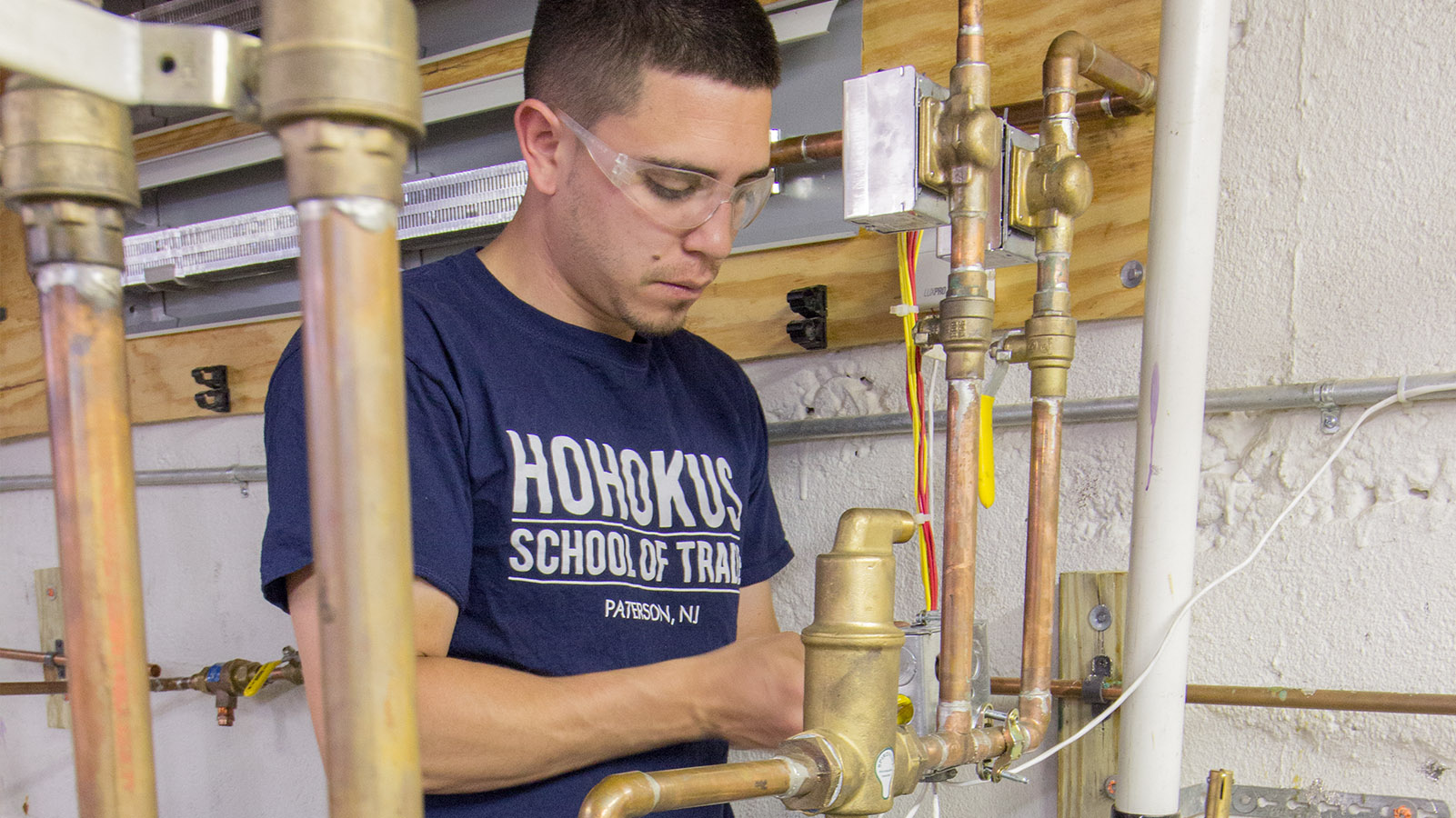Fast and Effective Drain Cleaning Alabaster AL Services Available
A Detailed Overview to Effective Water Heating System Installment for Ideal Performance
Getting started on the task of setting up a water heating system is a venture that demands accuracy and a systematic method for achieving ideal efficiency. As you proceed, the complexities of attaching water supply lines and setting up reputable electric or gas connections await, appealing insights into ensuring efficiency and reliability.
Choosing the Right Hot Water Heater

Following, take into consideration the size and capability of the hot water heater. It's essential to assess your home's warm water requirements, which can vary based upon the variety of occupants and their usage patterns. An unit that's too little may cause not enough warm water, while a large version could cause unneeded power intake.
Performance rankings also play a pivotal role in option. Look for hot water heater with high Energy Element (EF) ratings, indicating premium efficiency and lowered power use. Tankless versions, though commonly more expensive upfront, offer substantial energy cost savings in time because of their on-demand home heating abilities.
Preparing the Installment Area
Before mounting a new water heating system, precise prep work of the installation location is important. It's critical to measure the room thoroughly to suit the water heater's measurements, ensuring appropriate clearance around the device for efficient procedure and maintenance.
Next, eliminate any kind of particles, dust, or obstructions from the site to produce a tidy setting. Check the flooring for security, as the water heating unit will certainly need a strong, degree surface area to run effectively. If necessary, set up a drip frying pan under the device to capture possible leaks or spills, avoiding water damage to the surrounding area. In regions susceptible to seismic task, take into consideration mounting seismic bands to safeguard the heating system firmly in position.
Additionally, guarantee that all required tools and products get on hand prior to beginning the setup. This includes things such as wrenches, screwdrivers, a level, and any added equipment required for mounting and safeguarding the heating system. A well-prepared installment area sets the foundation for a successful water heater arrangement, enhancing performance and safety and security.
Connecting Water Lines
When linking water supply lines to your freshly set up hot water heater, it is critical to guarantee that all connections are leak-free and protected to maintain reliable operation and prevent water damages. Begin by determining the hot and cool water lines. The cold water inlet is generally noted with a blue label or a "C", while the hot water outlet is noted with a red label or an "H".
Use versatile water heating system adapters to help with a less complicated installment procedure. Prior to attaching the connectors, put a plumbing professional's tape around the threaded ends of the water heating unit's inlet and electrical outlet pipelines.
Once links are in location, slowly switch on the major supply of water shutoff. Examine each link for leakages by visually really feeling and examining for dampness. Tighten up links as required, and make certain the pressure safety valve is properly installed, safeguarding versus too much stress accumulation.
Setting Up Electrical or Gas Connections
Appropriately setting up the electric or gas links for your water heater is an important step to make certain safe and efficient procedure. For electric water heating units, start by confirming that the electric circuit is compatible with the heater's voltage and amperage requirements.
For gas water heating systems, safety is critical. Link the gas line to the water heating unit utilizing an adaptable gas connector, guaranteeing it i thought about this is properly threaded and sealed with pipeline joint substance or Teflon tape appropriate for gas links.
As soon as connections are made, inspect for any potential leakages. For gas lines, use a soapy water option to the joints; bubbles suggest a leakage. For electric links, double-check that all wiring is secure and appropriately shielded, preserving conformity with local electrical codes.
Adjusting and evaluating for Effectiveness
With the electrical and gas connections securely in place, the following step is assessing his comment is here the functional effectiveness of your water heating unit. Begin by thoroughly activating the supply of water and making certain there are no leakages at any one of the joints or shutoffs. Once confirmed, continue to load the storage tank, paying attention to the pressure and temperature level setups. It is suggested to establish the thermostat to a suggested temperature level of around 120 ° F(49 ° C) to stabilize energy performance and comfort.
Following, execute an extensive evaluation to ensure the burner or gas burners are working appropriately. For electrical heating systems, utilize a multimeter to verify if the aspects are drawing the appropriate current. In gas designs, observe the heater flame; it must be steady and blue, showing efficient burning.
Readjust the settings as needed to eliminate inadequacies. Consider implementing insulation procedures, such as adding a water heating unit covering, to even more improve performance by lessening warmth loss. Furthermore, check the anode rod's problem, as a shabby pole can reduce effectiveness and lead to container rust.
Verdict
Reliable water heating system installation is crucial for making why not try this out sure optimal performance and energy financial savings. Firmly linking water supply lines and carefully establishing up electric or gas links reduce prospective problems.

Effectively setting up the electric or gas links for your water heating system is an important step to make sure reliable and safe operation. For electric water heating units, begin by verifying that the electrical circuit is compatible with the heating system's voltage and amperage needs. Link the gas line to the water heating unit utilizing an adaptable gas connector, ensuring it is effectively threaded and secured with pipe joint substance or Teflon tape appropriate for gas connections.